Digital Transformation: Become a Technology Powerhouse
Last updated: November 07, 2022 Read in fullscreen view
- 18 Oct 2020
 How to use the "Knowns" and "Unknowns" technique to manage assumptions 21/989
How to use the "Knowns" and "Unknowns" technique to manage assumptions 21/989 - 01 Oct 2020
 Fail fast, learn faster with Agile methodology 13/973
Fail fast, learn faster with Agile methodology 13/973 - 19 Oct 2021
 Is gold plating good or bad in project management? 7/754
Is gold plating good or bad in project management? 7/754 - 29 Nov 2021
 Memorandum of Understanding (MOU) for Partnership Agreements 7/470
Memorandum of Understanding (MOU) for Partnership Agreements 7/470 - 10 Nov 2022
 Poor Code Indicators and How to Improve Your Code? 7/213
Poor Code Indicators and How to Improve Your Code? 7/213 - 08 Nov 2022
 4 tips for meeting tough deadlines when outsourcing projects to software vendor 6/254
4 tips for meeting tough deadlines when outsourcing projects to software vendor 6/254 - 20 Jan 2022
 TIGO Self-Organization Practice: Change Management Workflow 6/430
TIGO Self-Organization Practice: Change Management Workflow 6/430 - 06 Feb 2021
 Why fail fast and learn fast? 6/375
Why fail fast and learn fast? 6/375 - 01 Sep 2022
 Facts Chart: Why Do Software Projects Fail? 6/540
Facts Chart: Why Do Software Projects Fail? 6/540 - 01 Mar 2023
 Bug Prioritization - What are the 5 levels of priority? 6/207
Bug Prioritization - What are the 5 levels of priority? 6/207 - 16 Jun 2022
 Rapid Application Development (RAD): Pros and Cons 5/800
Rapid Application Development (RAD): Pros and Cons 5/800 - 06 Mar 2021
 4 things you need to do before getting an accurate quote for your software development 4/615
4 things you need to do before getting an accurate quote for your software development 4/615 - 14 Oct 2021
 Advantages and Disadvantages of Time and Material Contract (T&M) 4/789
Advantages and Disadvantages of Time and Material Contract (T&M) 4/789 - 01 Jan 2024
 The pros and cons of the Centralized Enterprise Automation Operating model 4/165
The pros and cons of the Centralized Enterprise Automation Operating model 4/165 - 18 Aug 2022
 What are the consequences of poor requirements with software development projects? 3/242
What are the consequences of poor requirements with software development projects? 3/242 - 06 Dec 2024
 Steps For Integrating Sustainable Practices Into Business Operations 3/114
Steps For Integrating Sustainable Practices Into Business Operations 3/114 - 08 Oct 2022
 KPI - The New Leadership 3/557
KPI - The New Leadership 3/557 - 20 Jan 2021
 Fail early, fail often, fail cheap, fail safe but always fail forward 3/688
Fail early, fail often, fail cheap, fail safe but always fail forward 3/688 - 31 Oct 2021
 Tips to Fail Fast With Outsourcing 3/375
Tips to Fail Fast With Outsourcing 3/375 - 09 Mar 2022
 Consultant Implementation Pricing 3/184
Consultant Implementation Pricing 3/184 - 16 Feb 2021
 Choose Outsourcing for Your Non Disclosure Agreement (NDA) 3/150
Choose Outsourcing for Your Non Disclosure Agreement (NDA) 3/150 - 16 Apr 2021
 Insightful Business Technology Consulting at TIGO 3/376
Insightful Business Technology Consulting at TIGO 3/376 - 20 Dec 2021
 What is Hybrid Mobile App Development? 3/313
What is Hybrid Mobile App Development? 3/313 - 10 Apr 2021
 RFP vs POC: Why the proof of concept is replacing the request for proposal 2/254
RFP vs POC: Why the proof of concept is replacing the request for proposal 2/254 - 02 Nov 2021
 [Case Study] Streamlined Data Reporting using Tableau 2/276
[Case Study] Streamlined Data Reporting using Tableau 2/276 - 07 Nov 2022
 Why Design Thinking can save the outsourcing industry 2/168
Why Design Thinking can save the outsourcing industry 2/168 - 17 Feb 2022
 Prioritizing Software Requirements with Kano Analysis 2/280
Prioritizing Software Requirements with Kano Analysis 2/280 - 07 Jul 2021
 The 5 Levels of IT Help Desk Support 2/380
The 5 Levels of IT Help Desk Support 2/380 - 11 Nov 2021
 What is an IT Self-service Portal? Why is it Important to Your Business? 2/364
What is an IT Self-service Portal? Why is it Important to Your Business? 2/364 - 23 Sep 2021
 INFOGRAPHIC: Top 9 Software Outsourcing Mistakes 2/411
INFOGRAPHIC: Top 9 Software Outsourcing Mistakes 2/411 - 13 Dec 2020
 Move fast, fail fast, fail-safe 2/292
Move fast, fail fast, fail-safe 2/292 - 28 Dec 2021
 8 types of pricing models in software development outsourcing 2/417
8 types of pricing models in software development outsourcing 2/417 - 10 Dec 2023
 Pain points of User Acceptance Testing (UAT) 2/416
Pain points of User Acceptance Testing (UAT) 2/416 - 02 Dec 2022
 Success Story: Satsuki - Sales Management Software, back office app for School Subscription Management 2/219
Success Story: Satsuki - Sales Management Software, back office app for School Subscription Management 2/219 - 01 May 2023
 CTO Interview Questions 1/296
CTO Interview Questions 1/296 - 09 Feb 2023
 The Challenge of Fixed-Bid Software Projects 1/191
The Challenge of Fixed-Bid Software Projects 1/191 - 05 Jan 2024
 Easy ASANA tips & tricks for you and your team 1/180
Easy ASANA tips & tricks for you and your team 1/180 - 11 Jan 2024
 What are the Benefits and Limitations of Augmented Intelligence? 1/434
What are the Benefits and Limitations of Augmented Intelligence? 1/434 - 26 Dec 2023
 Improving Meeting Effectiveness Through the Six Thinking Hats 1/205
Improving Meeting Effectiveness Through the Six Thinking Hats 1/205 - 28 Oct 2025
 The Future of Real Estate: Key Trends and Essential Lessons in Digital Transformation 1/10
The Future of Real Estate: Key Trends and Essential Lessons in Digital Transformation 1/10 - 13 Feb 2021
 Why is TIGOSOFT a software house for Enterprise Application Development? 1/336
Why is TIGOSOFT a software house for Enterprise Application Development? 1/336 - 19 Apr 2021
 7 Most Common Time-Wasters For Software Development 1/525
7 Most Common Time-Wasters For Software Development 1/525 - 03 Apr 2021
 How digital asset management streamlines your content workflow? 1/312
How digital asset management streamlines your content workflow? 1/312 - 30 Oct 2022
 How Much Does MVP Development Cost in 2023? 1/170
How Much Does MVP Development Cost in 2023? 1/170 - 09 Jan 2022
 How to Bridge the Gap Between Business and IT? /163
How to Bridge the Gap Between Business and IT? /163 - 03 Sep 2022
 The secret of software success: Simplicity is the ultimate sophistication /186
The secret of software success: Simplicity is the ultimate sophistication /186 - 07 Aug 2022
 Things to Consider When Choosing a Technology Partner /249
Things to Consider When Choosing a Technology Partner /249 - 21 Jun 2021
 6 Useful Tips To Streamline Business Processes and Workflows /515
6 Useful Tips To Streamline Business Processes and Workflows /515 - 06 Nov 2019
 How to Access Software Project Size? /236
How to Access Software Project Size? /236 - 03 Nov 2022
 Top questions and answers you must know before ask for software outsourcing /264
Top questions and answers you must know before ask for software outsourcing /264 - 20 Nov 2022
 Software Requirements Are A Communication Problem /233
Software Requirements Are A Communication Problem /233 - 06 Nov 2023
 How do you streamline requirement analysis and modeling? /184
How do you streamline requirement analysis and modeling? /184 - 12 Mar 2024
 How do you create FOMO in software prospects? /127
How do you create FOMO in software prospects? /127 - 17 Mar 2025
 IT Consultants in Digital Transformation /62
IT Consultants in Digital Transformation /62 - 10 Jul 2025
 Building AI-Driven Knowledge Graphs from Unstructured Data /111
Building AI-Driven Knowledge Graphs from Unstructured Data /111 - 14 Mar 2024
 Why should you opt for software localization from a professional agency? /117
Why should you opt for software localization from a professional agency? /117 - 01 Mar 2023
 How do you deal with disputes and conflicts that may arise during a software consulting project? /145
How do you deal with disputes and conflicts that may arise during a software consulting project? /145
Software is eating the world. As companies move forward, they must adjust their business practices by automating manual processes with intelligent software solutions. Classic companies such as bookstores, taxi services, and hotels are now led by software technology companies. For example, one healthcare provider has an IT team of 11,000 people rivaling the top software companies found in Silicon Valley.
Enterprises need to change their business model, transforming into technology powerhouses to survive the digital revolution. They must do it in the right way to stay competitive. Their focus must be to deliver value through software applications to their customers faster and more reliably than ever before.
Innovate or Risk Losing Everything
As agile start-up companies continue to disrupt the status quo of long-standing markets and industries, large enterprises are left with a troubling dilemma – innovate or die. This might seem like an extreme statement, but a look at Uber’s emergence as the perennial digital transformation example indicates just how real this problem is for large enterprises. The taxi business seemed like an immovable mainstay in metropolitan areas, but Uber introduced innovation that has seriously diminished (or, in some cases, entirely crushed) traditional taxi companies.
The new reality is that every company is a digital, software-powered company. IT projects and software functionality has permeated every aspect of every business – from backend processes all the way to customer-facing innovation. Staying competitive requires swift digital transformation capable of keeping pace with the ever-increasing demand for faster releases and updates. While small businesses and start-ups can thrive on this demand, large enterprises face many obstacles to speeding up software delivery.
While Facebook’s “move fast and break things” motto became the rallying cry for so many innovative companies, even the Web giant has had to shift its focus. The “move fast and break things” motto inherently means knowingly tolerate bugs in their releases, but as user expectations for a quality increase, this is no longer acceptable.
In 2014, Mark Zuckerberg changed Facebook’s motto to “move fast with stable infrastructure,” which highlights the key problem that every large enterprise is facing.
There are drivers behind the need to innovate and release software faster, but the question VPs are left with is, “how do we actually increase speed and be more responsive without losing control?” To answer this question, don’t look for small changes to project management or operations that could increase productivity – look to enterprise release management as a means of bridging the gap between engineering speed and project management visibility.
Main change drivers for Digital Transformation
For VPs with more on their plate than the idea of changing software delivery processes, the question “why implement enterprise release management right now?” may be looming large. There are three core delivery drivers originating from the business that are sparking a need for immediate change:
The Need for Acceleration
There has been plenty written about the advantages of adopting agile DevOps at the engineering level to help automate and streamline technical processes. However, less is mentioned of the need for project management teams to handle all of the different automation solutions the engineering teams deploy. With manual processes, there’s no way to accelerate support for the engineering side.
Risk Perspective
Every software release is accompanied by a certain level of risk for the business. Whether it’s a bug in a customer-facing system that leads to revenue loss or an internal IT system that crashes and diminishes productivity, software release risk must be managed. As delivery demand increases, project management teams must have visibility into the total risk landscape – something manual processes can’t provide.
Multiple Delivery Pipelines at the Engineering Level
When release schedules were based on a 12-month or bi-annual pace, it was much easier for project managers to track delivery pipelines. However, semi-daily or weekly cycles are creating a major overlap between delivery pipelines – and the sheer volume of delivery pipelines increases on a near-daily basis. Managing these pipelines with spreadsheets won’t work, driving the need for delivery management change.
It’s time to sunset manual processes
To think that the manual spreadsheet management strategies that most project management teams use to keep track of software releases can keep up with the rate of delivery demand is misguided. Even if project management teams are retaining some semblance of success in the beginning stages of digital transformation, there’s simply no way to manage increasingly automated releases at the necessary rate to remain competitive in the new digital reality.
Faster release cycles that support digital transformation – weekly or bi-weekly at least – are successful just 45% of the time, which is unacceptable for today’s large enterprises.
The top-down approach of automated enterprise release management gives project management teams the ability to plug into a litany of different technologies to create a level of coordination across projects, operations, and engineering functions that simply isn’t possible with current strategies. This coordination of the IT delivery process can dramatically increase project success even as the rate of delivery increases.
How can your organization become a software powerhouse? By implementing a release management function, increasing speed, visibility and reducing risk in the software delivery process.





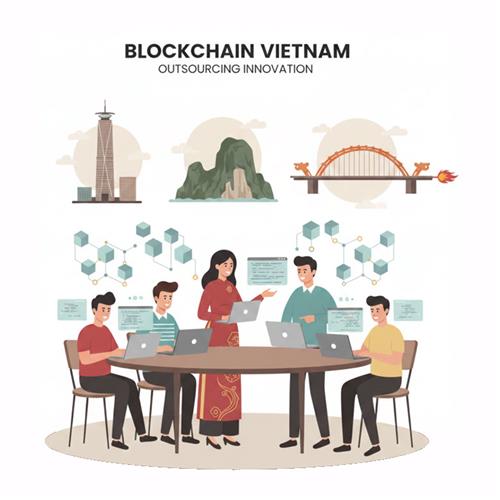
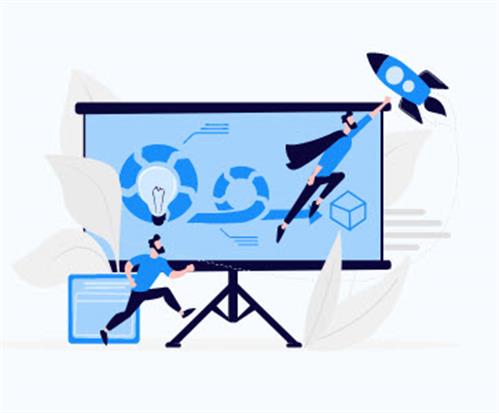
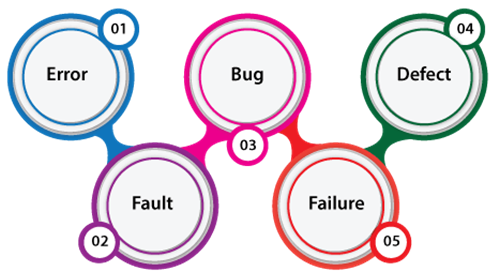
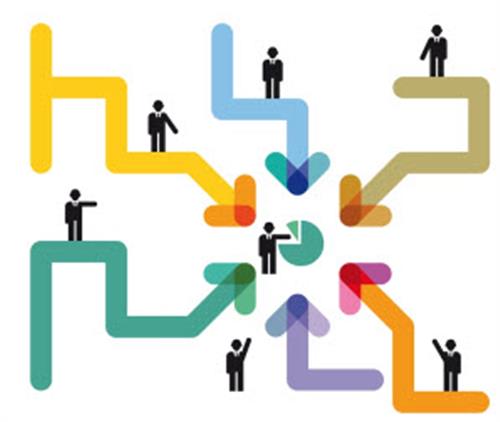

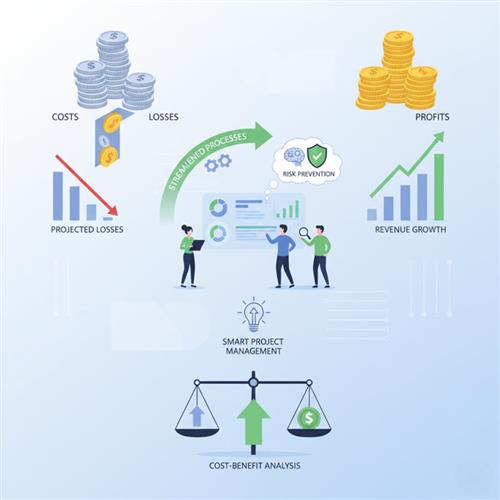
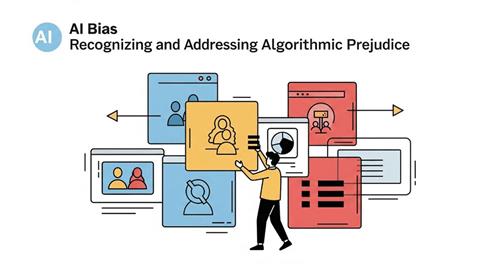
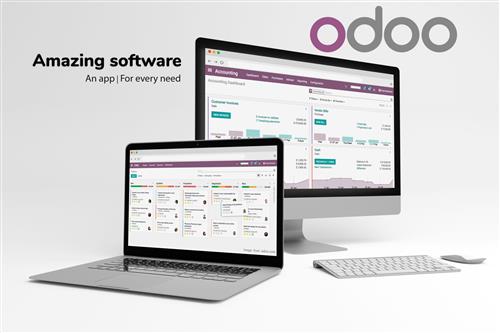
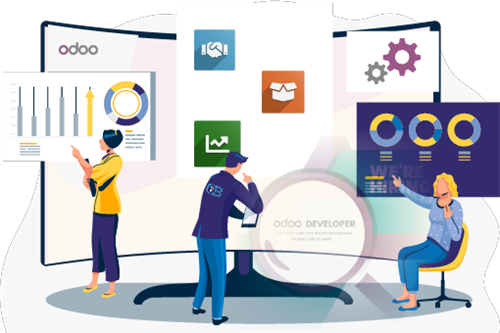
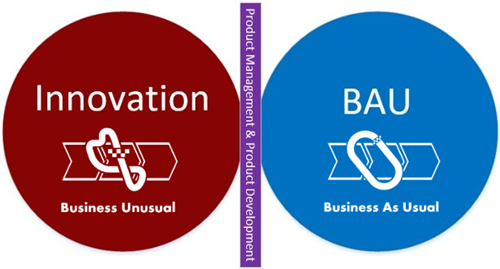
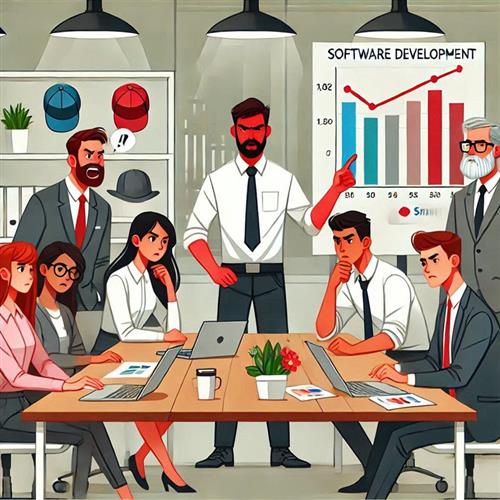


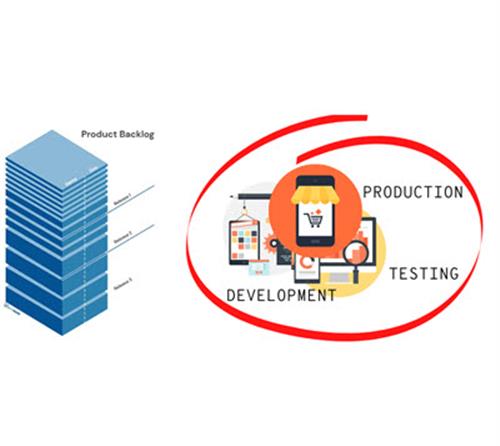

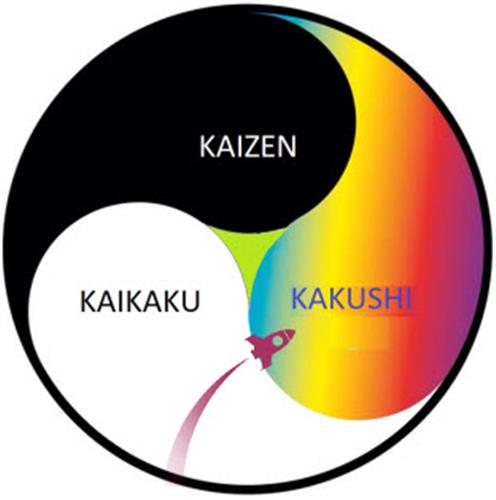
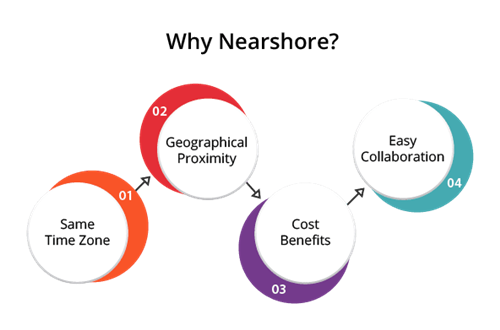
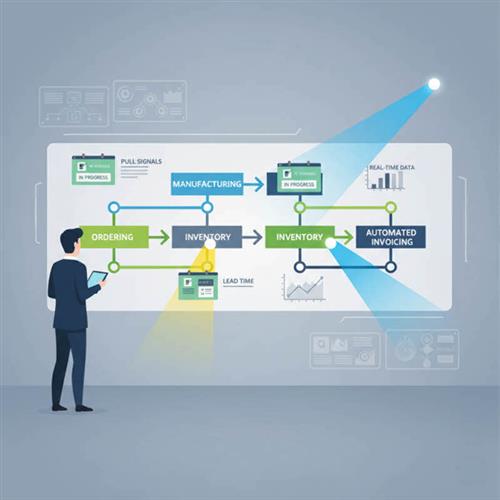
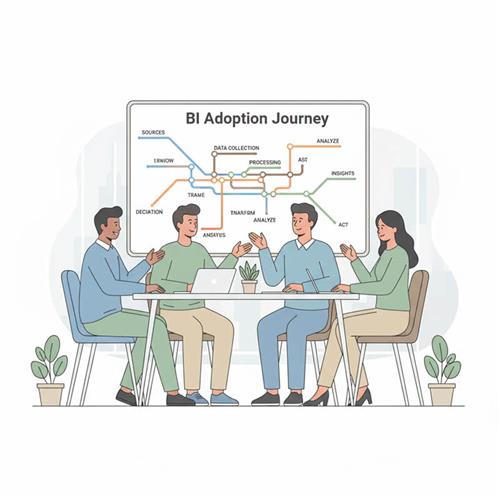










 Link copied!
Link copied!
 Recently Updated News
Recently Updated News